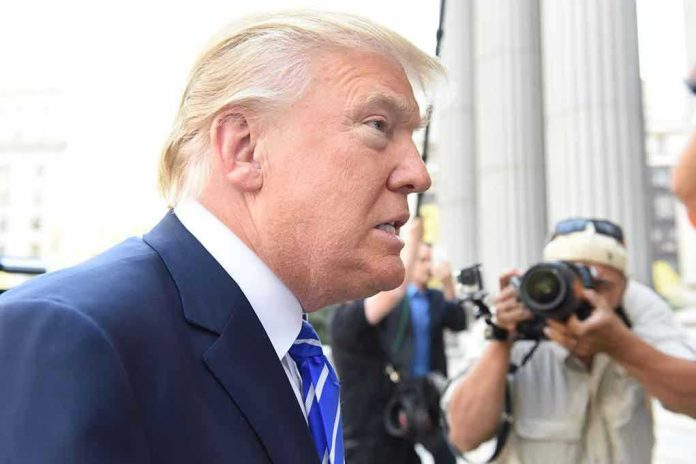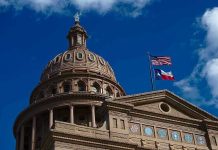
Federal employees across the United States faced a chilling directive this week: brace for mass firings if Congress fails to avert a government shutdown, a scenario more plausible—and perilous—than most Americans realize.
Story Snapshot
- The White House has instructed federal agencies to prepare for sweeping layoffs tied to a potential government shutdown.
- A confidential memo, first revealed by Politico, underscores the gravity and immediacy of the threat.
- Federal workers, essential and non-essential alike, could find themselves suddenly out of work or unpaid.
- Political brinksmanship is now poised to unleash real-world consequences for millions, not just inside the Beltway but across the country.
White House Memo Raises the Stakes Across Federal Agencies
The Office of Management and Budget quietly circulated a memo warning agency heads to map out mass firings in anticipation of a government shutdown next week. The memo, obtained and published by Politico, signals a new level of urgency and specificity that has federal workers and their families on edge. For many in public service, who have weathered shutdown threats before, this time feels different: more targeted, less ambiguous, and with far higher stakes for their livelihoods.
Unlike previous shutdown showdowns, the current threat comes with explicit instructions for agencies to identify employees and programs that will be cut or suspended. The directive isn’t merely procedural; it is a practical roadmap for mass termination—potentially affecting everyone from park rangers to research scientists. For career civil servants, some with decades of tenure, the specter of being told to clear out their desks by Friday is real and immediate.
Mass Firings: The Human Cost Behind Political Deadlock
Federal agencies employ more than two million civilians across the nation. A mass firing event would disrupt everything from Social Security payments to border security and food safety inspections. The impact would ripple through local economies, especially in towns where government jobs are the backbone of the community. The personal cost is incalculable: missed mortgage payments, lost health coverage, and the psychological toll of abrupt and uncertain unemployment.
The White House’s memo reflects a broader political calculation: force Congress to confront the human cost of inaction. By making the threat tangible—by putting real jobs on the line—the administration hopes to galvanize lawmakers toward a deal. Yet, for those caught in the crossfire, the strategy feels less like hardball and more like Russian roulette. The anxiety is compounded by the reality that, once a shutdown begins, there is no guarantee when or how it will end.
Shutdowns Are No Longer Abstract: Why This Time Feels Different
Government shutdowns have become a recurring feature of American political dysfunction, but most have ended with federal workers eventually returning to their jobs—and receiving back pay. This time, the memo’s stark language about mass firings hints at a more severe, less forgiving outcome. The threat is no longer limited to furloughs or temporary pay delays but extends to outright job loss.
The looming shutdown also threatens to erode public trust in government. If agencies are forced to lay off staff en masse, essential services could grind to a halt. National parks could close, tax refunds could be delayed, and disaster response efforts could stall. The White House’s decision to publicize its preparations suggests a deliberate strategy to shift blame to Congress—but it also raises uncomfortable questions about the role of the executive branch in managing, or exacerbating, the crisis.
Political Gamesmanship or Responsible Governance?
The memo’s release has fueled debate over whether the White House is acting out of prudence or playing political hardball. Some see it as a responsible warning, a necessary step to protect the federal workforce from sudden chaos. Others argue it is an escalation designed to put pressure on lawmakers by threatening livelihoods. Regardless of intent, the effect is the same: federal workers are left in limbo, forced to wait and watch as elected officials play a dangerous game of brinksmanship.
As the deadline approaches, the nation faces a stark choice: resolve the impasse and avoid mass layoffs, or plunge into uncharted territory where the cost of political dysfunction is measured not just in dollars, but in livelihoods lost and lives upended. For federal employees and the Americans who rely on them, the stakes could not be higher.















